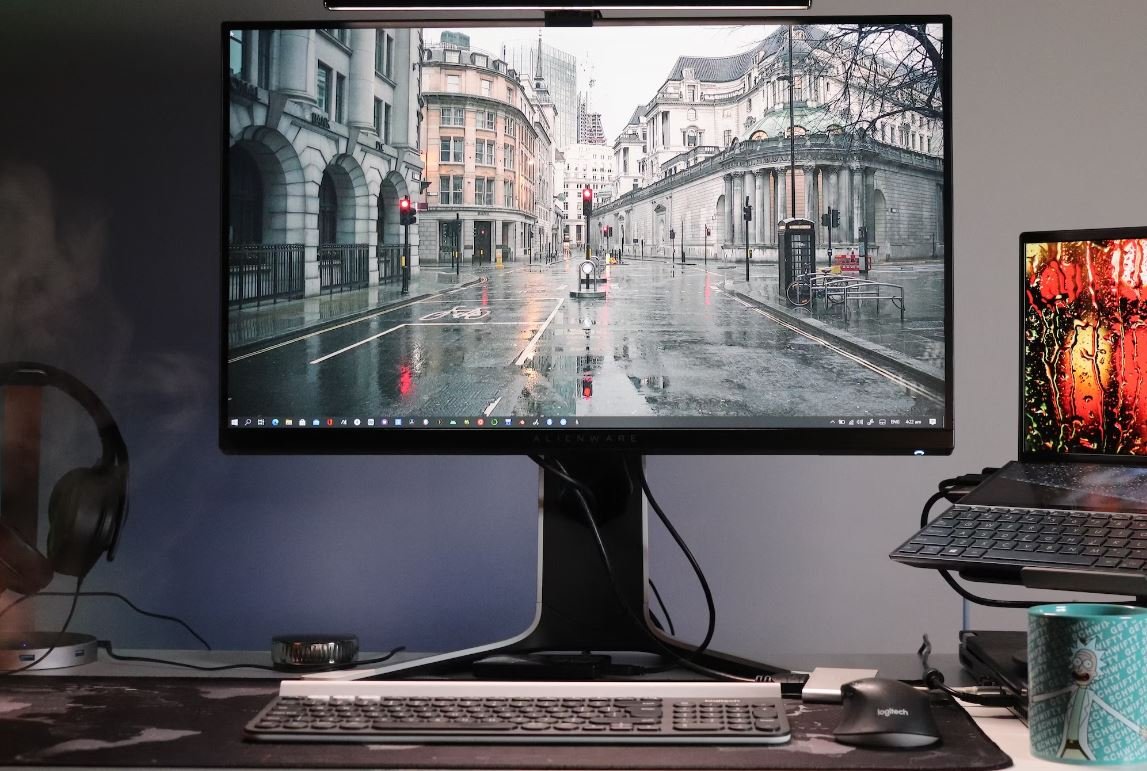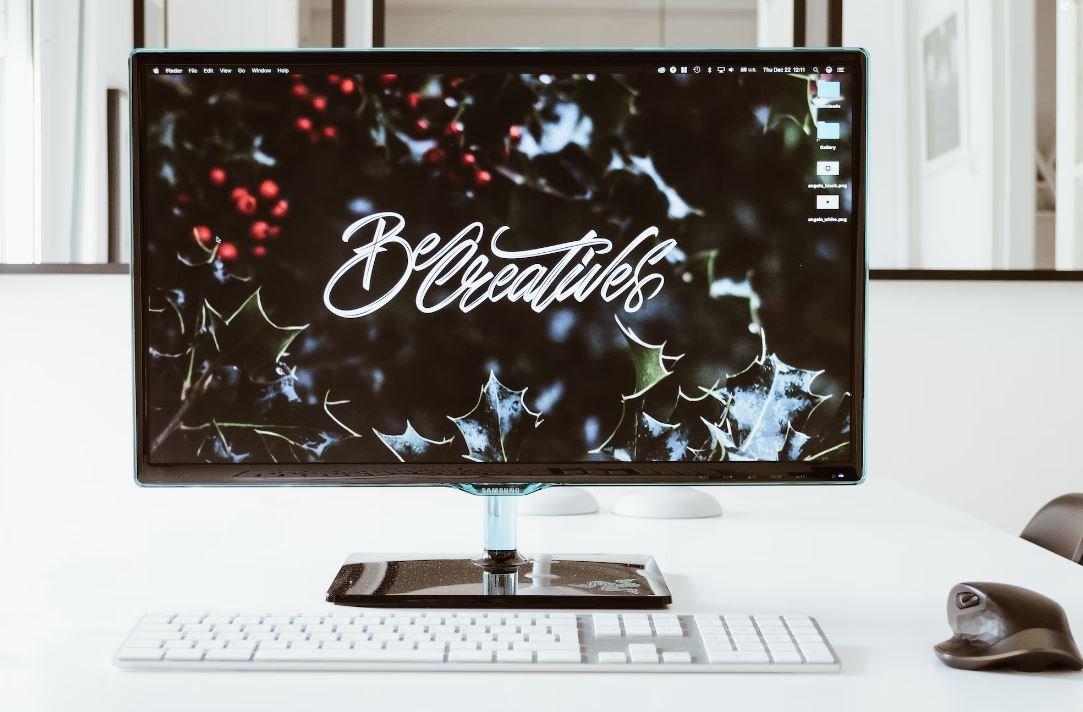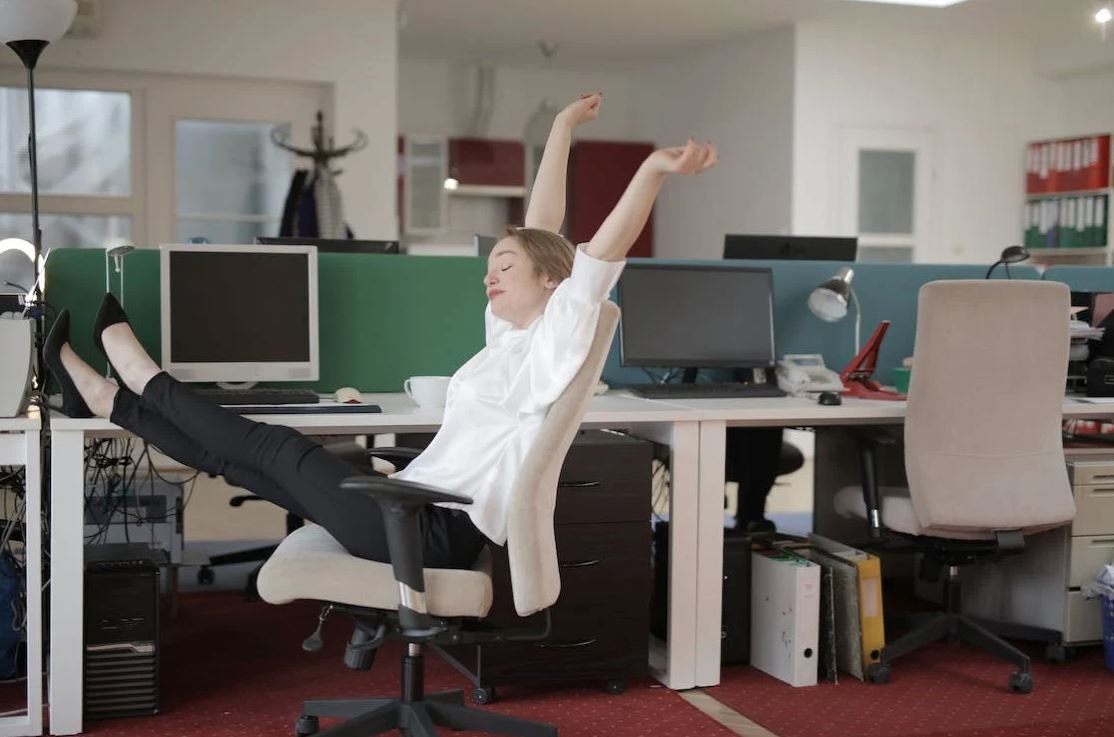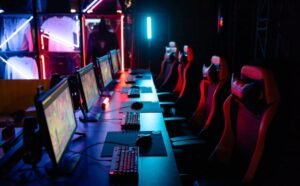Which AI Generates Images
Artificial Intelligence (AI) has made significant advancements in many fields, including image generation. AI algorithms can now create highly realistic and detailed images that were once only possible for human artists. In this article, we will explore different AI models and techniques used to generate images and discuss their strengths and limitations.
Key Takeaways:
- AI algorithms can generate highly realistic and detailed images.
- Various AI models and techniques are used for image generation.
- Each AI model has its strengths and limitations.
One popular AI model for image generation is **Generative Adversarial Networks (GANs)**. GANs consist of two neural networks: a **generator** that creates images and a **discriminator** that evaluates the generated images for realism. *This model has been successfully used to create images that are difficult to distinguish from real photographs.*
Another approach for image generation is **Variational Autoencoders (VAEs)**. VAEs are used to learn the underlying structure of a dataset and then generate new images based on that structure. *By learning the latent space distribution, VAEs can produce diverse and novel images.*
AI models like **DeepArt**, powered by convolutional neural networks (CNNs), allow users to transform their own photos into various artistic styles or merge multiple styles into a single image. *This blending of artistic styles unlocks a world of creative possibilities.*
Comparing AI Image Generation Models:
| Model | Strengths | Limitations |
|---|---|---|
| GANs | Can generate highly realistic images; capable of learning complex patterns and details. | May suffer from mode collapse; requires careful training and tuning. |
| VAEs | Can produce diverse and novel images; better control over generated content. | Images may lack fine details and sharpness; less photo-realistic compared to GANs. |
| DeepArt | Allows users to transform photos into various artistic styles; offers creative freedom. | Quality of the output strongly depends on the input photo and artistic style chosen. |
While GANs excel at generating highly realistic images, VAEs offer more control over the generated content. DeepArt, on the other hand, provides users with the ability to transform their own photos into unique artistic styles. Each AI model has its own set of strengths and limitations, making them suitable for different use cases.
Applying AI Image Generation:
- AI-generated images can enhance creativity and aid in visual storytelling.
- Brands can utilize AI image generation to create custom visual content for marketing campaigns.
- In the entertainment industry, AI-generated images can be used for special effects and virtual backdrops.
The Future of AI Image Generation:
As AI image generation continues to advance, we can expect even more impressive results in the future. These advancements will enable AI models to generate images with incredible realism and creative appeal. With the increasing availability and accessibility of AI tools, individuals and industries across various sectors will continue to benefit from the power of AI-generated images.
Acknowledging the Potential:
AI-generated images are revolutionizing the way we create and consume visual content. They have the potential to transform industries and empower individuals with new creative possibilities. Whether it’s producing life-like images with GANs, exploring latent space with VAEs, or creating personalized art with DeepArt, the future is bright for AI image generation.

Common Misconceptions
1. AI is capable of generating highly realistic images every time.
Contrary to popular belief, AI algorithm for image generation is not flawless and can generate unrealistic or distorted images at times.
- AI-generated images may lack proper texture or depth.
- Some AI-generated images may have inaccurate color representations.
- Certain AI algorithms may struggle to generate fine details or complex images.
2. AI-generated images are indistinguishable from real photographs.
While AI has made significant advancements in generating realistic images, it is still often possible to differentiate between AI-generated images and real photographs.
- AI-generated images may lack imperfections or inconsistencies found in real photographs.
- The lighting and shadows in AI-generated images may not align perfectly with the scene.
- Easily identifiable patterns or artifacts may be present in some AI-generated images.
3. AI-generated images are entirely original creations.
AI algorithms rely heavily on existing datasets to generate images, and therefore, the notion of complete originality may not always hold true.
- AI image generation involves analyzing and reproducing existing patterns and features found in training datasets.
- Certain AI models may produce images that resemble ones seen during the training phase.
- The influence of the training dataset can limit the creativity and novelty of AI-generated images.
4. AI can generate images in any artistic style or genre.
While AI algorithms can emulate various artistic styles to a certain extent, they may not possess the true artistic interpretation or imagination of a human artist.
- AI may struggle to fully capture the emotive elements seen in traditional art forms.
- Certain AI models may specialize in specific artistic styles, limiting their versatility.
- The lack of human intervention in AI-generated images may result in a lack of creative expression or storytelling.
5. AI-generated images are free from bias or cultural influence.
AI algorithms used for image generation can inherit biases present in the training data and may reproduce them unconsciously.
- The training data used for AI models may contain cultural or societal biases, which can reflect in the generated images.
- AI may perpetuate stereotypes or reinforce societal norms due to the inherent biases in the data it learns from.
- Understanding and addressing bias in AI-generated images is a crucial aspect of responsible AI development.

Introduction
Artificial intelligence (AI) has made significant advancements in the field of image generation. Various AI algorithms and models have been developed to create realistic and detailed images. This article explores ten different AI image generation techniques and presents their key features and applications.
Table 1: DeepDream
DeepDream is an AI technique that enhances images by applying patterns and textures found in other images. It utilizes deep neural networks to generate visually stunning and surreal results. DeepDream has been used in the field of digital art and has even inspired new creative styles.
Table 2: Neural Style Transfer
Neural Style Transfer combines the content of one image with the style of another, producing a unique hybrid image. This technique has found applications in image editing tools and artistic expression. It allows users to transform regular photos into artistic masterpieces.
Table 3: DALL-E
DALL-E is a neural network model capable of generating images from textual descriptions. By understanding the textual input, DALL-E can produce images that depict the described objects. This technology has potential applications in various industries like advertising and entertainment.
Table 4: Progressive Growing of GANs
Progressive Growing of GANs is a method that progressively trains a generative adversarial network (GAN) to generate high-quality images. It starts with low-resolution images and gradually increases their size and complexity. This approach has led to significant improvements in the realism and fidelity of generated images.
Table 5: PixelRNN
PixelRNN is an AI model that generates images pixel by pixel, effectively capturing fine details and textures. It utilizes recursive neural networks to predict the value of each pixel based on the previous ones. PixelRNN has been employed in tasks like image completion and high-resolution image generation.
Table 6: CycleGAN
CycleGAN is a machine learning approach that enables image translation between two domains with no paired training data. It can convert images from one style to another while preserving important structural information. CycleGAN has been used in various image editing and artistic applications.
Table 7: StackGAN
StackGAN is a two-stage generative network that generates high-resolution images from textual descriptions. The first stage generates a low-resolution image, and the second stage refines it to a higher resolution. StackGAN has been employed in tasks like generating realistic images from simple textual prompts.
Table 8: Super-Resolution GAN
Super-Resolution GAN is an AI model that increases the resolution and quality of low-resolution images. It leverages the power of generative adversarial networks to generate high-resolution images with sharp details. This technology finds applications in enhancing real-world images, such as in medical imaging or surveillance footage.
Table 9: DeepArt
DeepArt is a deep learning algorithm that directly generates artistic images from input photos. It employs a combination of neural style transfer and other AI techniques to transform photos into visual artworks inspired by famous artists, styles, or self-created styles. DeepArt allows users to explore their creativity and produce unique artistic renderings.
Table 10: WaveGlow
WaveGlow is an AI model used for text-to-speech synthesis. Although it does not generate images directly, it can generate mel spectrograms that represent speech. These spectrograms can then be converted into waveform audio. WaveGlow has been used in applications such as virtual assistants and audiobook production.
Conclusion
AI image generation techniques have revolutionized the way we create and manipulate visual content. From enhancing images with surreal patterns to generating high-resolution images from text descriptions, these AI models have pushed the boundaries of artistic creativity and practical image editing. These advancements not only contribute to the field of computer vision but also have significant implications in various industries such as advertising, entertainment, and healthcare. As AI continues to evolve, the possibilities for generating images seem boundless.
Frequently Asked Questions
What is AI image generation?
AI image generation refers to the process of using artificial intelligence algorithms to produce new, realistic images that can mimic human-created visuals. These algorithms can generate images from scratch, based on existing data, or manipulate existing images.
How does AI generate images?
AI generates images by training deep neural networks on vast amounts of data. These networks learn patterns and features from the data, and then generate images based on those learned patterns. The process typically involves a generator network producing candidate images and a discriminator network providing feedback to improve the generator’s output.
What can AI-generated images be used for?
AI-generated images have various applications such as creating artwork, generating synthetic data for training other AI models, enhancing visual effects in movies or video games, and assisting designers in creating visual content.
What are the potential benefits of AI image generation?
The benefits of AI image generation include saving time and resources by automating the image creation process, enabling creativity by providing customizable image solutions, and aiding in research by generating synthetic data that can be used for training AI algorithms in various domains.
Are there any ethical concerns related to AI-generated images?
Yes, there are ethical concerns related to AI-generated images, such as the potential misuse of generated images for deception or misinformation, creating visual content without proper licensing or attribution, and the potential for biases or discriminatory elements in the generated images.
Can AI-generated images be indistinguishable from real images?
AI-generated images have made significant advancements and can often be visually convincing. However, experts can sometimes identify telltale signs of AI generation, such as distortions or patterns inconsistent with natural images. Ongoing research aims to improve the realism and quality of AI-generated images.
How can AI-generated images be evaluated for quality?
Evaluating the quality of AI-generated images involves assessing factors such as visual realism, coherence, diversity, and compatibility with the desired application. Human judges, perceptual similarity metrics, and adversarial tests are some approaches used to evaluate the quality of AI-generated images.
Are there any limitations to AI image generation?
AI image generation has certain limitations, such as difficulties in understanding complex scenes, generating high-resolution images, or capturing intricate details accurately. It also heavily relies on the quality and diversity of the training data it receives.
Do AI-generated images belong to the public domain?
The ownership and copyright of AI-generated images can be a complex legal issue. Generally, the creator or developer of the AI algorithm may hold the rights to the generated images, but legal frameworks are still evolving to address the increasing prevalence of AI-generated content.
What are some popular AI algorithms for image generation?
Some popular AI algorithms for image generation include Generative Adversarial Networks (GANs), Variational Autoencoders (VAEs), and Deep Belief Networks (DBNs). These algorithms have been used to generate diverse and realistic images in various domains.




